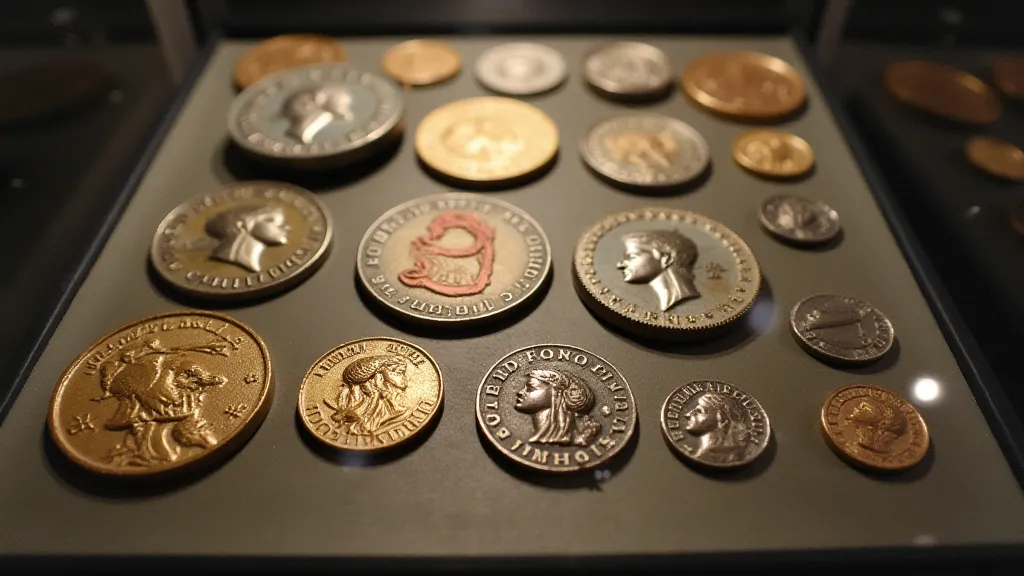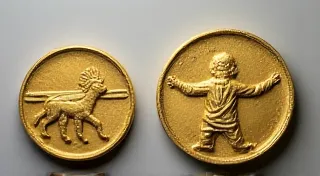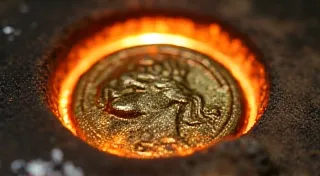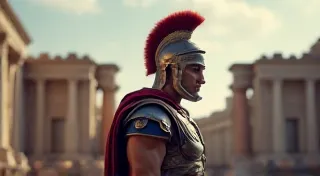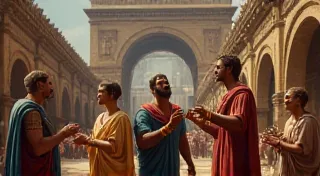The Numismatist’s Perspective: Creating Truly Accurate Replicas
For those of us captivated by the Roman Empire, the allure of holding a piece of that history in our hands is powerful. While readily available replicas exist, the difference between a passable imitation and a truly accurate representation of a Roman coin is significant – both aesthetically and for those interested in the historical context. This article explores the numismatist’s perspective on creating Roman coin replicas, focusing on the details that elevate a craft project into a valuable and respectful tribute to antiquity.
Beyond the Surface: What a Numismatist Looks For
A numismatist, a collector and student of coins, is trained to observe minute details. These observations extend beyond the basic design. They consider metal composition, wear patterns, tooling marks, and even the subtle imperfections introduced during the original striking process. Replicating these elements is challenging but crucial for accuracy.
Consider the metal. Authentic Roman coins weren’t minted from a single alloy. The composition varied significantly based on the emperor, the economic climate, and the denomination of the coin. Early Republican coins might be primarily silver, while later imperial issues frequently incorporated bronze, orichalcum (a mysterious alloy whose composition remains debated), and other metals. Simply using a modern alloy isn't enough. Research the specific emperor and coin type to determine the original metal composition as closely as possible. Experimenting with different alloys and refining your casting process to mimic the color and luster of the originals is key.
Wear patterns are another critical aspect. Roman coins circulated extensively, accumulating wear on the high points of the design. A fresh-looking replica, untouched by simulated wear, lacks authenticity. Replicating this wear involves careful planning and skilled techniques, either through post-casting treatments or incorporating wear into the casting process itself.
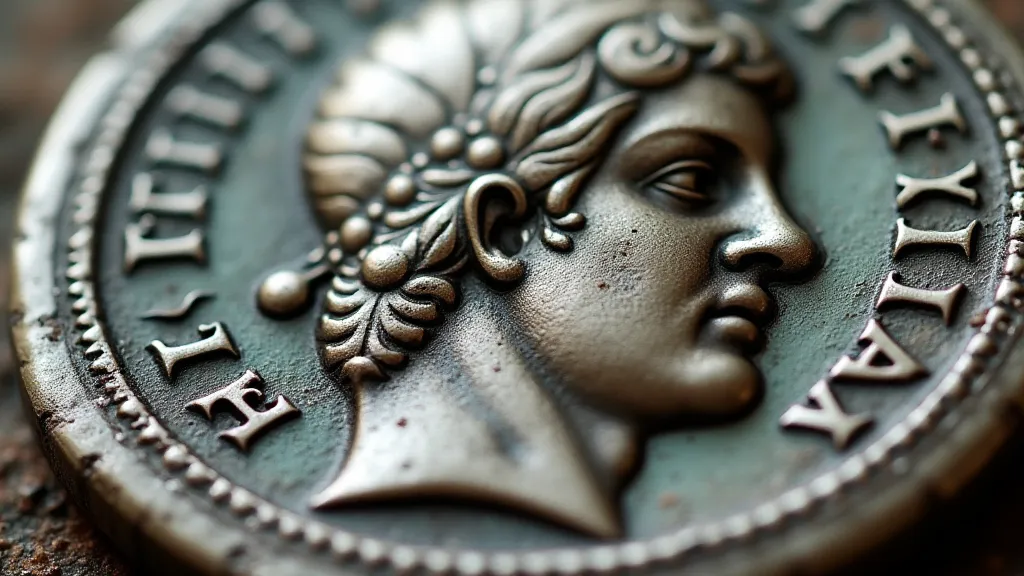
The Importance of Tooling Marks
Roman coin striking wasn't a perfectly mechanized process. Craftsmen used hand-operated dies, and these dies left subtle tooling marks on the coin’s surface. These marks aren’t flaws; they are evidence of the human element involved in their creation. Ignoring these subtle marks results in a too-perfect replica, instantly revealing its inauthenticity to a seasoned numismatist.
Replicating tooling marks requires careful die design and casting techniques. It’s a skill that comes with practice and a deep understanding of the Roman minting process. Don’t strive for absolute perfection; embrace the imperfections!
Die Design: A Foundation for Accuracy
The die is the single most important factor in creating an accurate Roman coin replica. Reproducing the dies accurately requires a deep understanding of Roman epigraphy (the study of inscriptions) and iconography (the study of imagery).
Roman inscriptions were often abbreviated, and understanding these abbreviations is essential for accurate reproduction. Similarly, Roman portraiture evolved over time, and replicating the nuances of an emperor's likeness requires careful study of original examples. Many online resources and museum collections offer high-resolution images of Roman coins, providing invaluable reference material.
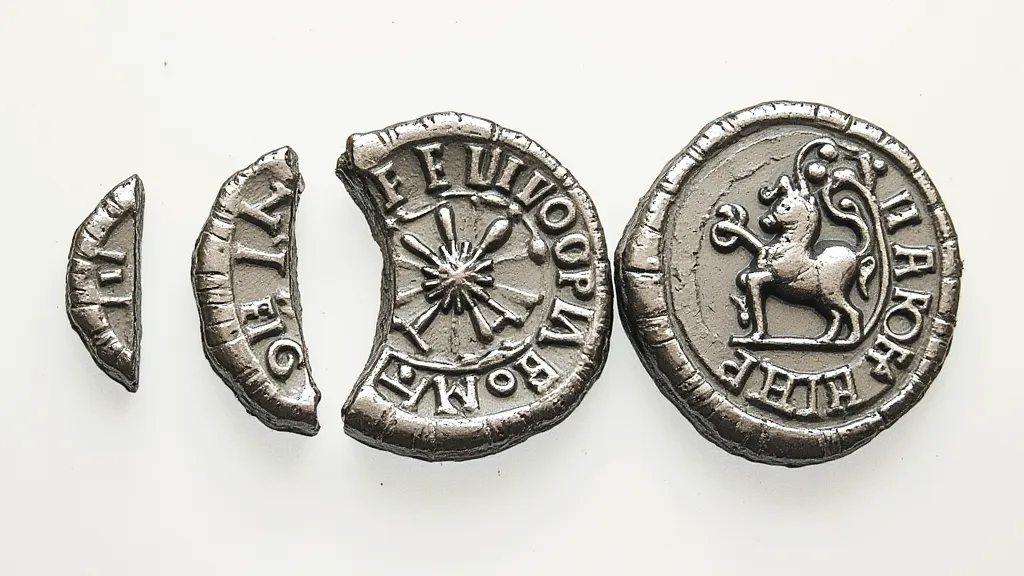
Beyond the Visual: Research and Context
Creating accurate Roman coin replicas isn't just a craft project; it's an exercise in historical understanding. Research the historical context of the coin you're replicating. What was happening in Rome at the time? What was the purpose of the coin? Understanding the coin’s context adds another layer of depth to your replica.
A Respectful Craft
Ultimately, creating accurate Roman coin replicas is a form of respectful homage to a fascinating period of history. By paying attention to the details and striving for authenticity, you're not just creating a beautiful object; you're preserving a connection to the past.
